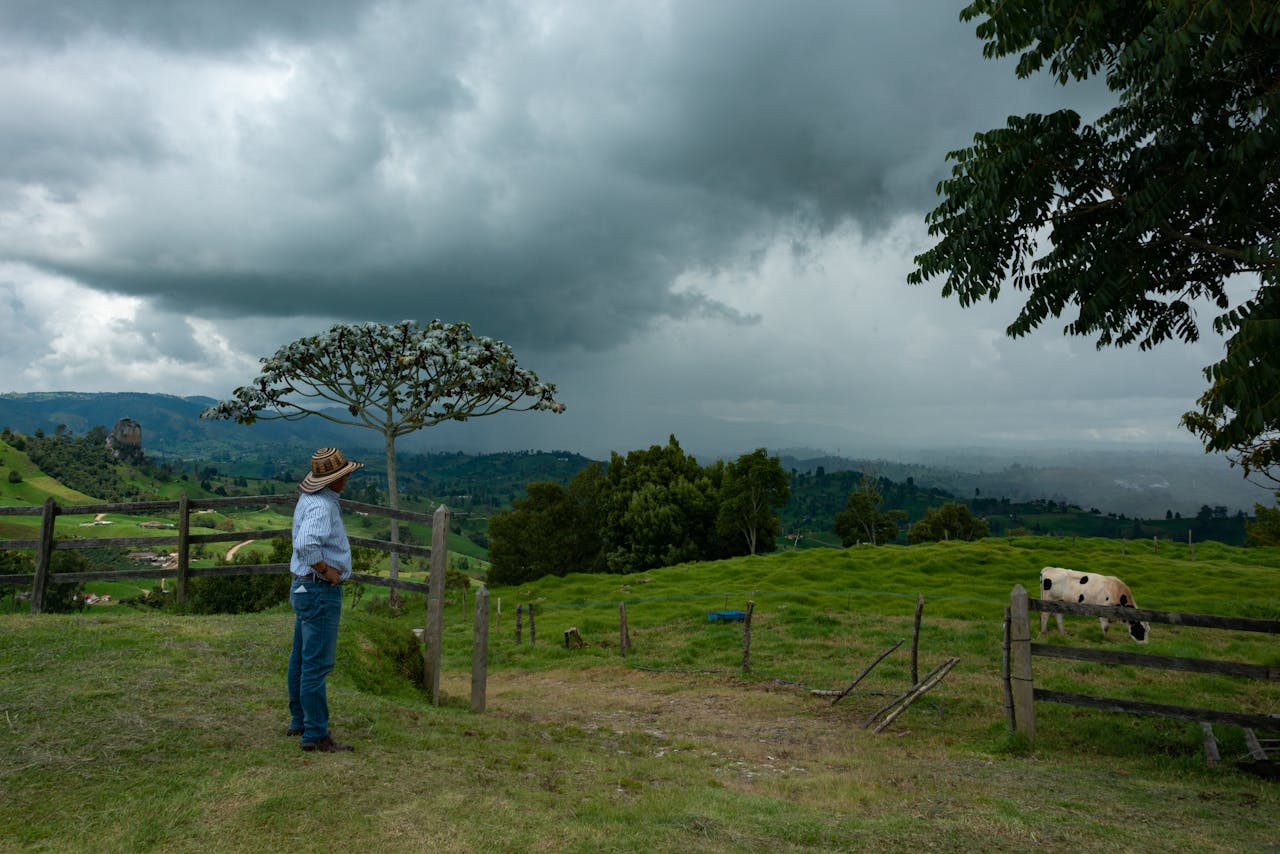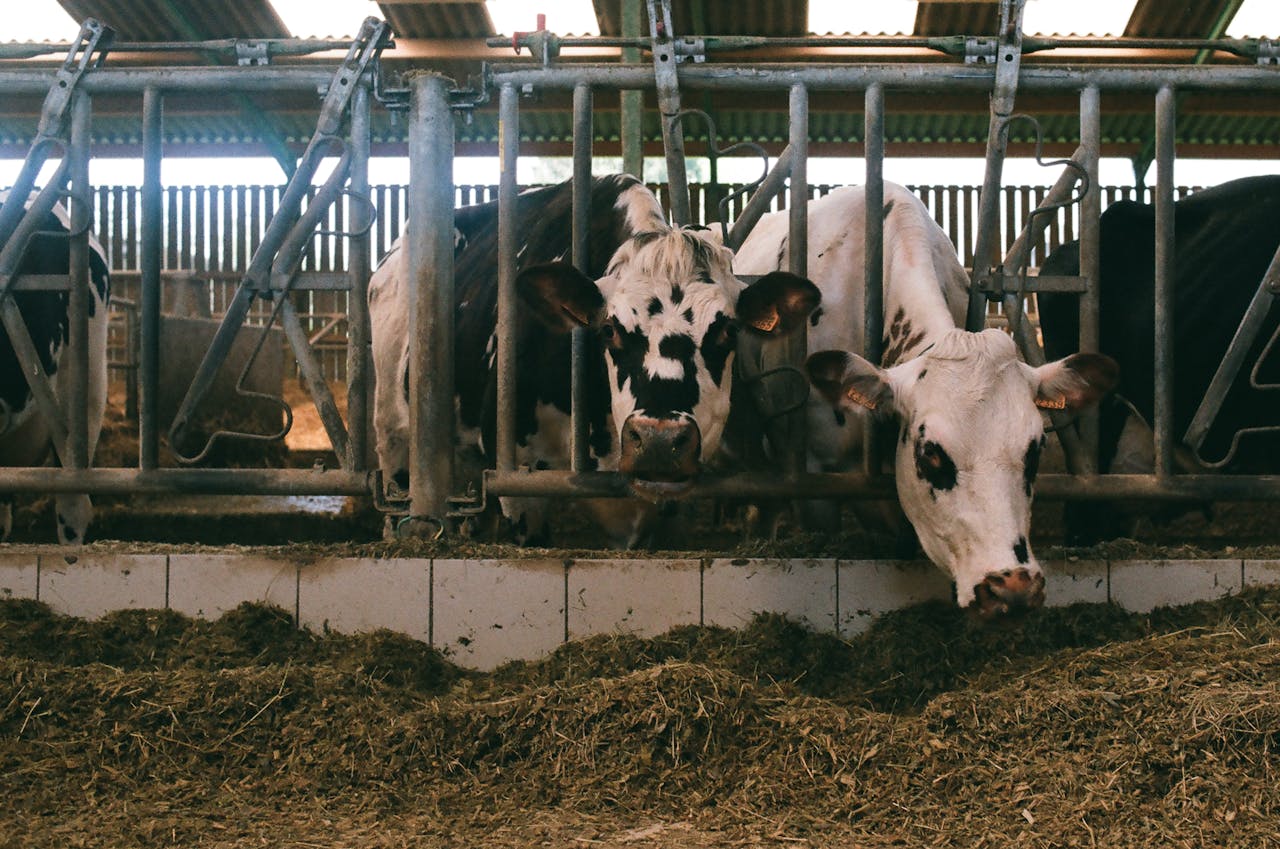Sustainability, carbon credits and Scope 3 emissions dominate agriculture today, driven by climate pressure from brands, financiers and governments. They now look beyond their operations to cut the footprint from farm to shelf.
Depending on where you live, you may already be seeing:
- Regulatory limits on methane emissions from cattle (Denmark; California, US)
- Restrictions on nitrogen emissions from cattle (Ireland)
- Government payments to improve productive efficiency (Canada beef cattle)
- Slaughter age limits for cattle (China)
- Restrictions around deforestation (globally)
- New opportunities to participate in the voluntary carbon market
From offsets to insets: A shift in carbon strategy
The voluntary carbon market has evolved over the past several years. In the United States, it began with energy and oil companies compensating dairy farms for capturing methane coming off manure lagoons — a classic example of what is now known as carbon offsetting, where the company funding the intervention does not utilise commodities produced on the farm.
Today, the focus is on carbon insetting. This model involves a shared value chain: the company paying for the emissions reduction or carbon capture also uses the farm’s milk, milk components, meat or grain that is produced by the farm. These reduction claims can be shared across businesses in the supply chain and, importantly, they allow agriculture to fully report on its impact and progress.
Regulatory shifts and changing priorities
Between 2020 and 2024, the USA saw its largest government investment in agricultural sustainability in its history, with US$369 billion in Climate Smart funding. These grants supported regenerative agriculture practices, water conservation, methane reduction on farms and more. In the past 18 months, however, much of that funding has been frozen, and government priorities have shifted.
Meanwhile, Europe is still moving forward with new regulations that impact companies operating in its jurisdiction, including many U.S.-based brands. At the same time, many companies are walking back their previously stated Science Based Targets Initiative (SBTi) goals as reporting frameworks evolve.
Despite these shifts, the final goal has not changed: to produce as much protein and nutrition as possible while minimising environmental impact and using fewer natural resources.
What does this mean for farmers and ranchers?
So, where does this leave farmers and ranchers? How do you stay aligned with expectations and take advantage of the available opportunities?
First and foremost, remember: Anything you do on your farm that improves feed efficiency and productivity or cuts down on your waste can also reduce your carbon footprint. Fundamentally, this is the key to any successful business: Increase your output without disproportionately increasing your inputs. When sustainability is done correctly, it will positively impact your operation’s profitability.
As you continue to look for opportunities to engage, here are some keys to success:
- Implement practices that make your operation more efficient and profitable first; consider environmental sustainability second.
- If an intervention only reduces emissions, dig deeper:
- Who is paying for the intervention? Is it the farm? The government?Cooperative funding? How secure is that funding?
- Are you guaranteed to at least break even or cover your cost to implement? Or better still, profit from the effort?
- Evaluate the robustness and credibility of the carbon project. Consider:
- Is the project set up to meet GHGp (greenhouse gas protocol accounting) and SBTi? Is it being audited by accredited auditors associated with accredited third-party organisations? Having multiple third parties involved increases the credibility of the programme as it ensures that methodologies are being followed and that data is properly and robustly audited.
- Look for projects that offer flexibility. An offset (carbon sold outside of the value chain) can be an inset, but not all insets qualify as offsets. This becomes extremely important if there isn’t a guaranteed inset buyer of the carbon programme. You want the project to have the option to market to both the inset and offset buyer (even if the target audience is an inset buyer).
- Seek opportunities to build relationships: Brands have a strong desire to connect with farms they purchase from. They want to know you! This is your opportunity to help them better understand agriculture.
- If you do not have a direct line to a brand or your processor does not have a programme, look at the open market projects available. Concord Agriculture Partners, for example, has carbon projects in the USA, Canada and Europe, and is looking to expand into Latin America. Their carbon projects are based on globally created and accepted methodologies and have returned millions of dollars to farmers through carbon reductions tied to using a plant-based product that drives productivity and feed efficiency.
A shared vision: Stewardship and resiliency
Farmers have always understood sustainability, long before it became a buzzword. Sustainability is not a new topic for us. We have called it “animal husbandry” and “being stewards of the land.” Now, brands call it “supply chain resilience”, and they realise that they have a role in creating it. But, in the end, we are all talking about the same thing: doing what is right for the right reasons. You care for the animals and land that nourish the world. That’s powerful — and it is time the broader world sees it, too.
To explore ways to engage in carbon projects in your region, visit Alltech and/or Concord Agriculture Partners.

